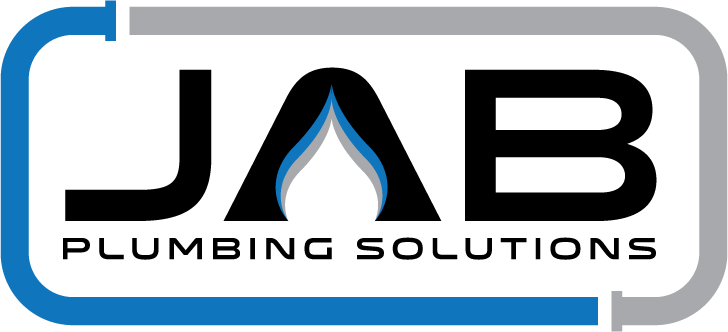Clogging a toilet is an absolute nightmare. The good news is that minor clogs can often be cleared quickly without having to call in a local plumber. The below DIY toilet repairs should only be attempted with minor clogs. If you’re suspect the toilet is badly blocked and you’ve had ongoing issues, we suggest calling a professional plumber.
1. Do nothing… Wait… Try again
If this is the first time you’ve noticed the toilet not flushing properly or draining slowly, it could be blocked because too much toilet paper was used in a single sitting. If this is the case, simply waiting a while (preferably overnight if there is a second toilet in the household) and then flushing again could do the trick.
Alongside flushing power, toilets rely on gravity (known as “fall” within the plumbing industry) to work. The water in the bowl can create enough pressure on its own to dislodge the clog. For simple clogs caused by excessive toilet paper, this simple trick is surprisingly effective.
Note: This will only work for very minor / simple clogs. If the toilet bowl is completely full of water and there is a more serious issue further down the line, additional flushing could result in overflowing water. So make sure you have a bucket and some old towels at the ready.
2. Pour hot water down the toilet
Make sure the water is hot rather than boiling as boiling water could cause the ceramic bowl the crack. Boil the kettle, let it cool down for 10 minutes and pour it into the toilet bowl. Those who champion this technique state that hot water breaks down toilet paper and waste more quickly than room temperature water.
3. Unclog the toilet with a plunger
This method is very effective for unclogging minor toilet clogs. Cup plungers are not the best plunger to use on toilets because it can be hard to get a proper seal over the irregular shape of the toilet drain hole - but you can still give it a try. Otherwise, if you have a flange plunger on hand, this is the correct plunger to use on a clogged toilet because the extra lip allows for a tight seal.
Ensure the flange is extended and then lower it into the toilet bowl on a slight angle so that some water can enter the cup. Insert the plunger into the drain hole and press down to get a good seal. Start plunging up and down with quick repetitive movements, keeping the plunger vertical to maintain the seal. This will create a suction force that will push through whatever is blocking the drain pipe. Take care not to pull the plunger up too high so that is comes away from the bottom of the toilet bowl or you'll break the connection.
4. Make a substitute plunger
If you don’t have a plunger on hand you can still unblock a toilet. Try placing a plastic bag over the end of a toilet brush and plunge with that. You can also use an old rag tied around a stick or coat hanger wrapped in a plastic bag. Get the best seal you can manage and plunge up and down with the same technique you would if you had a plunger.
When clogged toilets require a professional plumber
If none of these methods works, get in touch with a blocked drain plumber. Ignoring a clogged toilet will not fix the issue if there is a problem further down the line in the outside sewer pipes. Fast action can protect your home from overflowing waste that can damage floors and also pose a health risk to your family.
If the main sewer line is blocked it can cause the toilet (and other plumbing fixtures) to clog up. A clogged sewer can only be repaired by a licensed plumber. It requires a drain snake or a jet blaster. High-pressure drain cleaning using a jet blaster is the most effective method for unclogging blocked sewer lines. It uses powerful jets of water to flush out clogs and scrub the pipes clean. It can clear drain blockages caused by grease, sanitary items, wet wipes and other debris in the outside sewer line.
Tree roots in the outside sewer line cannot be treated with the above methods. If the tree root intrusion is minor, regular jet blasting can keep the roots at bay. However, the best solution is to have the pipes inspected with a plumbing camera to determine where the tree roots and entering, and then have this area of pipe repaired.
If the outside sewer pipes are collapsed this requires structural repairs. A plumbing camera inspection will determine if the pipes are cracked or badly broken. In some instances the pipes can be relined but pipes that are completely collapsed will need to be excavated and replaced by a plumber.
RELATED ARTICLES:







